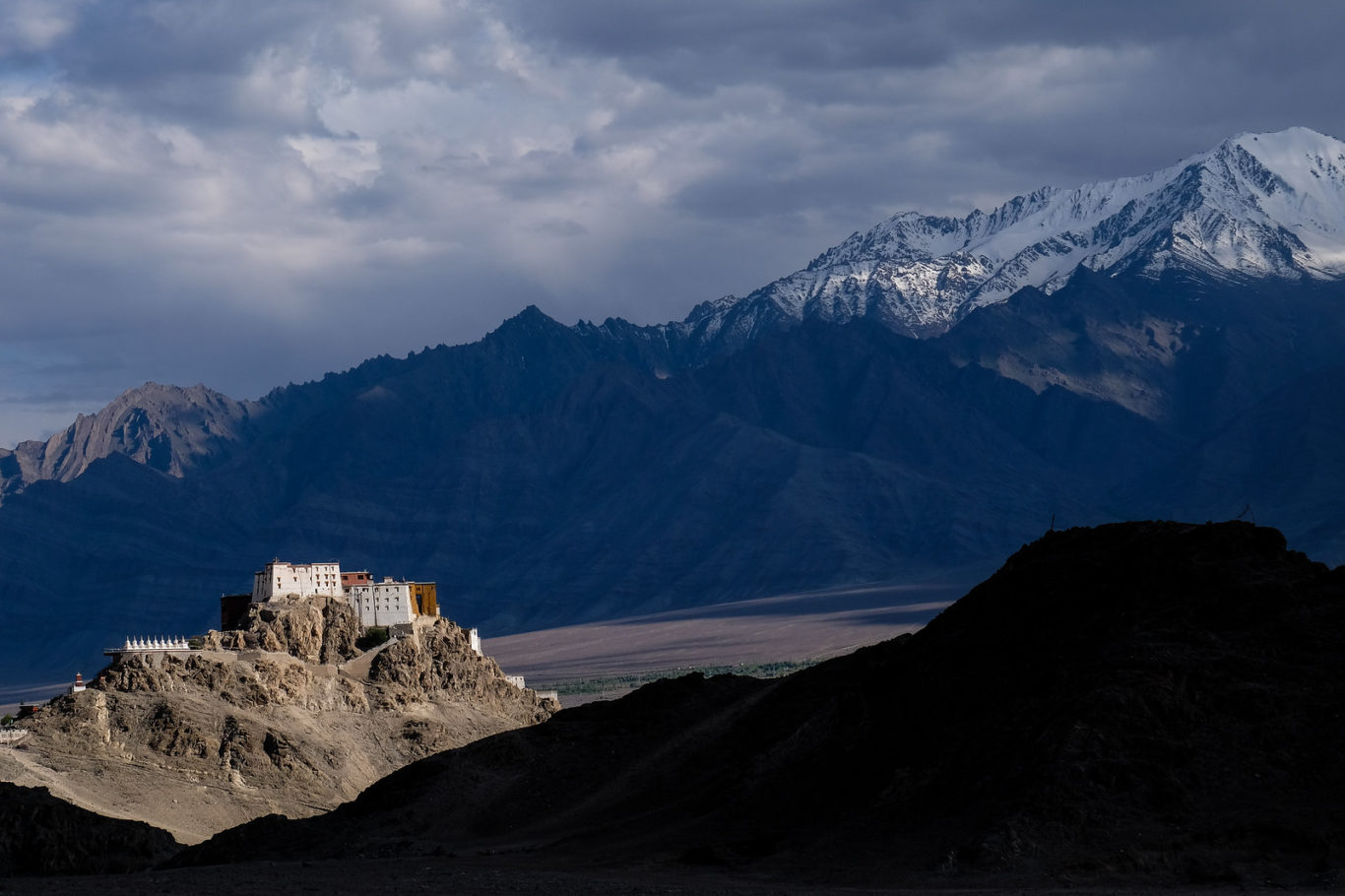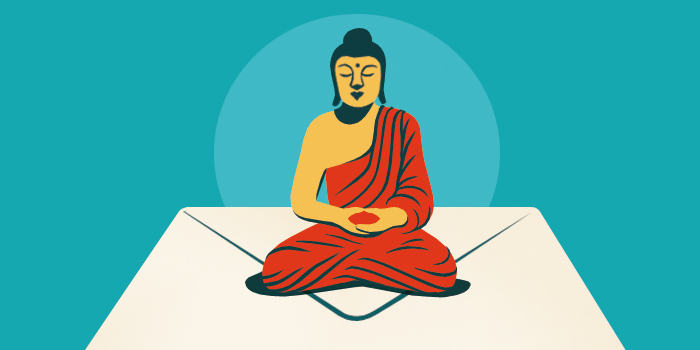Tibet and the Himalayas

Traditional Tibetan Buddhist lineages have been established for centuries in Ladakh, India, which is part of the northern district of Jammu and Kashmir. | BJ Graf
More than a thousand years after the Buddha’s death, his teachings made their way from India and China into the Himalayan regions of Asia, where they developed into one of the religion’s most recognizable and widely practiced forms known in the West as Tibetan Buddhism. Tibetan Buddhism itself is often referred to as Vajrayana—literally, “the diamond way” or “thunderbolt way” (or “vehicle”)—a collection of tantric traditions that originated in India as a distinct form of Mahayana Buddhism. (Forms of Vajrayana are also practiced in Japan and elsewhere.)
Most teachers and scholars agree that Buddhism was adopted in Tibet under the aegis of Songtsen Gampo, a leader who had united a number of warring kingdoms, bringing political stability and recognition to the region. According to legend, he married two Buddhist women, one Chinese and one Nepalese, and they promoted their religion to Songtsen Gampo and his subjects.
Just as had happened in India, China, Korea, Japan, Thailand and most other Buddhist places, Buddhism in Tibet flourished under state sponsorship. Over the course of the centuries after Songtsen Gampo’s reign, Indian Buddhist masters traveled to Tibet to teach and conduct translation efforts, including Padmasambhava, an 8th-century tantric adept who is considered a founder of Tibetan Buddhism and who is venerated as a semilegendary figure.
By the 14th and 15th centuries, Buddhism was deeply rooted in Tibet and permeated its culture and society. Nearly all extant Indian and Chinese Buddhist texts were translated into Tibetan. Tibet’s valleys, plateaus, and cities were home to thousands of monasteries in the four main schools of Tibetan Buddhism—Nyingma (the oldest), Kagyu, Sakya, and Gelug. Many of these monasteries operated as large universities, providing monastic education up to the doctorate level.
From Tibet, Vajrayana Buddhism spread to Mongolia, Bhutan, Central Asia and several parts of what is today Russia, including Buryatia and Tuva. As Buddhism had blended in some ways with Tibet’s indigenous Bon religion, so the teachings were taken up by local shamanistic traditions in other parts of the Himalayas.
Following the Chinese invasion of Tibet, and waves of persecution of Tibetan Buddhists and destruction of monasteries across the Himalayas, refugees from those places fled to safety, bringing their religion with them to India, Europe, the United States, and other parts of the world. The diaspora has sparked the widespread interest in Tibetan practice among Buddhist converts that we see today.

Tricycle is more than a magazine
Gain access to the best in sprititual film, our growing collection of e-books, and monthly talks, plus our 25-year archive
Subscribe now